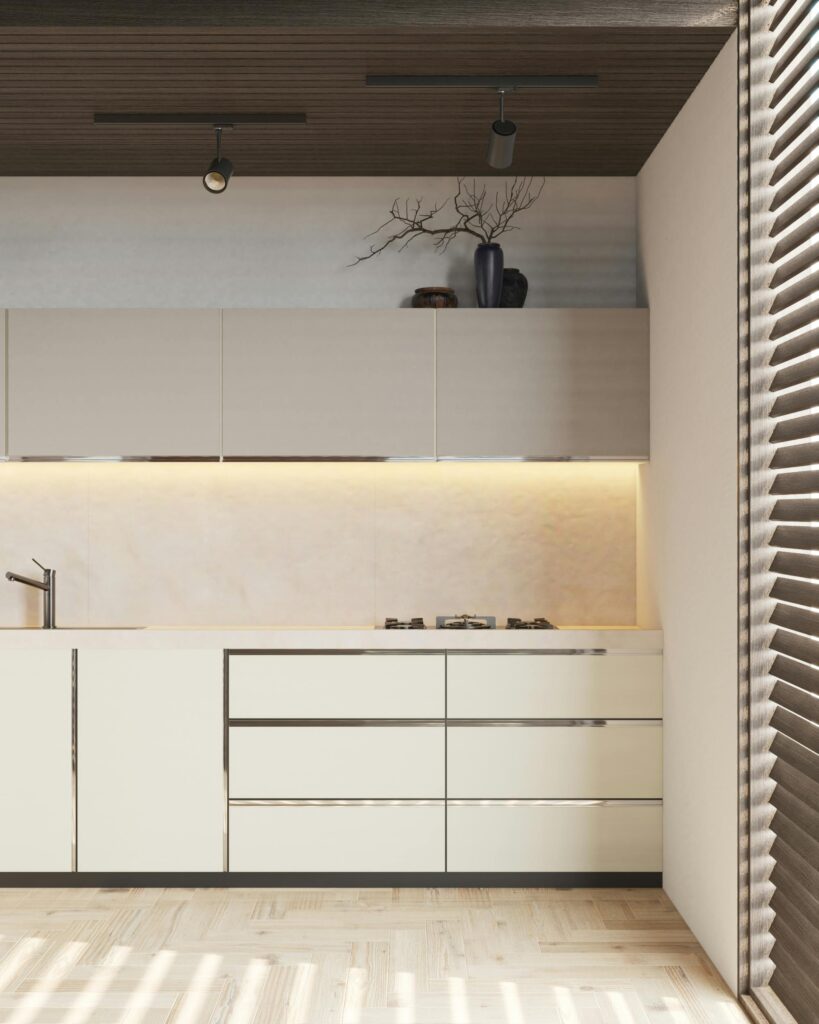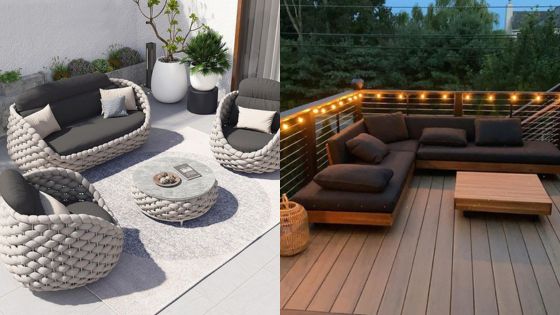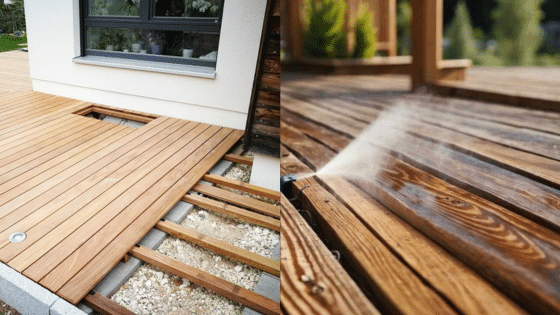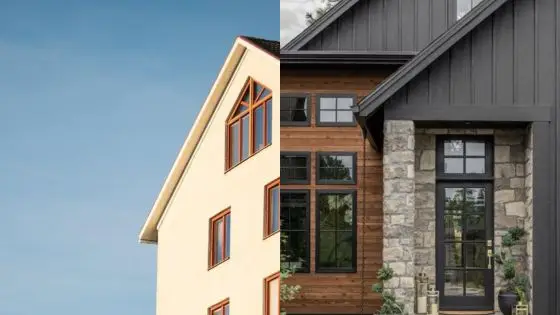Most homeowners want their living space to feel just right—cool when it’s scorching outside, warm when it’s freezing, and comfortable no matter what’s happening outdoors. It’s understandable. In cities like Franklin, Tennessee, where summers can get blazing hot and winters bring cold, wet weather, staying comfortable indoors is a priority.
Yet, many homeowners turn to expensive gadgets, flashy smart devices, or internet “hacks” that promise climate control miracles but often don’t work. What’s surprising is that true comfort often comes from less glamorous home upgrades.

A few essential fixes can completely change the feel of your space, making it cozier, more energy-efficient, and more peaceful without draining your wallet.
Here are eight simple yet powerful fixes that can dramatically improve your home’s comfort.
1. Get Your Roof Inspected After Winter
In cities like Franklin, TN, winter can be rough on roofing systems. Rain, sleet, and fluctuating temperatures can wear down shingles, loosen flashing, and create hidden vulnerabilities. If ignored, these issues can result in moisture getting into your attic or insulation, leading to mold, water stains, and structural damage.
After the winter season, it’s wise to get a professional roof inspection. An experienced eye can spot small issues before they become major repairs. Damage may not be visible from the ground, so don’t assume your roof is fine just because you haven’t noticed a leak.
Only the best roofer in Franklin can make sure your roof is functional throughout the year.
2. Seal Drafts and Insulate Key Areas
One of the most impactful ways to improve home comfort is also the simplest. Gaps around windows, doors, vents, and even electrical outlets can let outdoor air sneak in while your conditioned indoor air escapes. This constant exchange disrupts the temperature balance, making it harder to keep your home cozy or cool.
Caulking and weatherstripping are simple and affordable solutions that create tighter seals in these vulnerable areas. Even newer homes can benefit from a quick inspection to spot any unexpected leaks. For a more thorough approach, adding insulation to your attic, crawl space, or basement can make a noticeable difference.
3. Upgrade to Smart Thermostats (But Use Them Wisely)
Smart thermostats have become popular in recent years, and for good reason. They offer a hands-off way to manage your home’s temperature by learning your routines and adjusting accordingly. However, simply installing one isn’t enough. To get the full benefit, you need to use it strategically.
Start by programming a schedule that matches when you’re home, away, and sleeping. Resist the urge to constantly override the settings—this interrupts the learning process and can lead to inconsistent temperatures. Many modern thermostats also offer room sensors that track temperature and occupancy, giving you better control over how warm or cool your home feels in different areas.
With the right use, a smart thermostat can maintain a steady, comfortable environment while trimming your energy use in the background.
4. Invest in Window Treatments That Actually Work
Windows play a large role in how hot or cold your home feels, especially if they’re not well insulated. Even with double-pane glass, you can lose or gain a surprising amount of heat through untreated windows. That’s where quality window treatments come in.
Rather than relying on sheer curtains or decorative blinds, opt for functional options like thermal drapes, cellular shades, or blackout curtains. These are designed to insulate your windows by adding a barrier between the glass and your room. In summer, they block out solar heat, keeping rooms cooler. In winter, they trap warmth inside.
This small change can have a big impact, especially in rooms that get a lot of sunlight or drafts.
5. Balance the Humidity
Comfort isn’t only about temperature. The amount of moisture in the air has a huge effect on how the air feels. In dry winter months, low humidity can lead to dry skin, static electricity, and irritated sinuses. On the flip side, too much humidity in summer makes the air feel sticky and oppressive, even when the temperature seems right.
To keep your home comfortable, aim for a balanced indoor humidity level between 40 and 60 percent. Humidifiers and dehumidifiers can help achieve this depending on the season and your climate.
6. Switch to LED Lighting and Soften Harsh Lights
Lighting plays a subtle but powerful role in how comfortable a room feels. Harsh, bright overhead lights can make a space feel cold and unwelcoming, even if the temperature is just right. Swapping outdated bulbs for warm-toned LED lights is a small change that delivers instant results. LED lighting is not only energy-efficient but also versatile, with dimmable options and various color temperatures to match the mood of any room.


Instead of relying solely on a central ceiling fixture, consider layering light sources. Floor lamps, table lamps, and wall sconces allow for softer lighting that creates a cozy ambiance.
Thoughtful lighting design enhances comfort by supporting relaxation, reducing eye strain, and improving the overall atmosphere of your home.
7. Maintain Your HVAC System
No matter how well you insulate or seal your home, a poorly maintained HVAC system can undermine your efforts. Dusty filters, clogged vents, and aging components reduce airflow, force the system to work harder, and lead to uneven temperatures throughout the house. Regular maintenance is crucial to keeping your heating and cooling system running efficiently.
Schedule seasonal checkups—once before summer and once before winter—to catch issues early. This includes changing filters, checking refrigerant levels, cleaning coils, and inspecting ducts for blockages or leaks.
8. Soundproof the Noisy Spots
Sound might not affect temperature, but it certainly affects comfort. Constant noise from neighbors, traffic, or even creaky floors can make your home feel stressful and less restful. Soundproofing doesn’t have to mean tearing down walls—it can start with simple adjustments that absorb or block unwanted noise.
Add thick area rugs in rooms with hardwood or tile floors to help dampen sound. Use acoustic panels or heavy curtains in areas that echo or face busy streets. Weatherstripping around doors not only blocks drafts but also muffles outside noise. If your home office, nursery, or bedroom is especially sensitive to sound, consider using solid-core doors or adding bookshelves along walls to create more sound absorption.
Reducing noise distractions creates a calmer and more comfortable space.
True comfort doesn’t always come from expensive upgrades or fancy devices. In many cases, making your home feel better starts with a few targeted fixes that address insulation, air flow, and environmental control. These changes may seem small, but together, they create a space that’s more inviting, efficient, and enjoyable to live in. Whether you’re dealing with blazing summers or chilly winters, these fixes lay the foundation for year-round comfort without unnecessary complications.
- 3shares
- Facebook0
- Pinterest0
- Twitter3
- Reddit0













